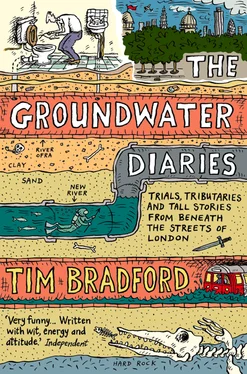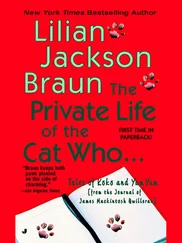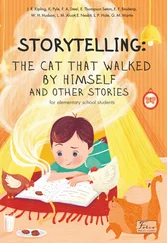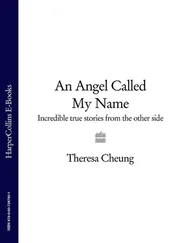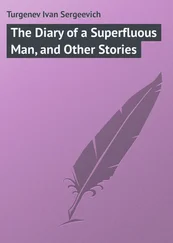On Blackstock Road there are a couple of charity shops and a huge Christian place, all with great second-hand (or more likely third-or fourth-hand) record sections. Their main trade, however, is in the suits of fat-arsed and tiny-bodied dead people and eighties computer games (i.e. Binatone football and tennis – which is just that white dot moving from a line one side of your screen to another). They also have a fine selection of crappy prints in plastic gilt frames – mostly rural scenes, Italian village harbours and matadors. I buy a lot of crappy pictures in gilt frames and paint my own crappy pictures of London scenes over them, most recently Finsbury Park crossroads on top of a Haywainy pastiche. It’s cheaper than buying canvases and you get the frame thrown in too.
Now on Mountgrove Road, the old accordion shop is empty, the estate agents have moved, the graphics company has closed up, the electrical shop has been turned into flats. This was originally a continuation of what is now Blackstock Road, called Gypsy Lane, but it’s been cut off, like an oxbow lake. Cross over my road and you’re suddenly into very different territory – there’s an invisible border I call The Scut Line with cafés and corner shops on one side, nice restaurants and flower shops on the other. It marks a boundary of the old parishes of Hornsey, St Mary’s and Stoke Newington. The mad drunken people of Finsbury Park and Highbury Vale don’t stray south of the line, marked by the Bank of Friendship pub (‘bank’ possibly alluding to a riverbank). People would stand on one side of the river here and shout at the poncey Stoke Newington wankers – ‘Oi, Daniel Defoe, your book is rubbish!’
The course of the New River has been altered several times in the last 400 years. Originally it flowed around Holloway towards Camden, but in the 1620s it was diverted east to Finsbury Park and Highbury. Since these early days most of the winding stretches were replaced by straighter sections and its capacity was increased to cope with the capital’s increased demand for water. This meant taking water from other streams, to the fury of people whose livelihood relied on the rivers, such as millers, fishermen and fat rich red-faced landowners who just liked complaining. Later on, pumping stations were put up along the route which pumped underground water to add to the river’s flow. Until recently the New River still supplied the capital with drinking water, 400 years after completion. It’s obsolete now that Thames Water’s new Ring Main system is operational.
The river now runs only as far as the reservoirs to the north of Stoke Newington. South of here it’s mostly been covered over – this happened in 1952 when the Metropolitan Board of Works, eager four-eyed bureaucrats with E. L. Whisty voices, made it their policy for health reasons.
Across Green Lanes yet another time, past the little sluice house and the White House pub where skinheads drink all afternoon, and into Clissold Park. Originally called Newington Park and owned by the Crawshay family it was renamed, along with the eighteenth-century house, after Augustus Clissold, a sexy Victorian vicar who married the heiress (all property in those days going to the person in the family with the fuzzy whiskers). The now ornamental New River appears and bends round in front of the house. It ends at a boundary stone between the parishes of Hornsey and Stoke Newington, marked ‘1700’, although it would originally have turned a right-angle here and flowed back west along the edge of the park. Where there used to be a little iron-railed bridge over the stream is the site of a café where the chips are fantastic and the industrial-strength bright-red ketchup makes your lips sting. This is the very edge of Stoke Newington (origin: ‘New Farm by the Tree Stumps’). The area, once a smart retreat for rich city types and intellectual nonconformists such as Daniel Defoe and Mary Shelley. went downhill badly after the war and by the seventies was regarded as an inner-city shit hole. Over the last ten years or so the urban pioneers (people with snazzy glasses, sharp haircuts and a liking for trendy food) have moved in and the place is on the up once more. I walk down the wide Petherton Road, which has a grassed island in the middle where the river used to run, towards Canonbury.
At Canonbury I enter a little narrow park where an ornamental death mask of the river runs for half a mile. This is a great idea in principle but in reality it’s faux-Zen Japaneseland precious, some sensitive designer’s idea of tranquillity, rather than reflecting the history of the area and its people. Completely covered in bright green algae, the river looks more like a thin strip of lawn. Here, too, the river marks a boundary, between the infamous Marquess estate on one side and Tony Blair Victorian villa land on the other.
Canonbury Park, further south, is a more typical London scene: silver-haired senior citizens in their tight-knit Special Brew Appreciation Societies sit and watch the world go by (and shout at it now and again in foghorn voices). More and more people walk around these days clutching a can of extra strong lager, as a handy filter for the pain of modern urban life. Out of the park and into Essex Road – a statue of Sir Hugh Myddelton stands at the junction of Essex Road and Upper Street on Islington Green.
The walk ends at Clerkenwell at the New River Head, once a large pond and now a garden next to the Metropolitan Water Board’s twenties offices. Above the main door is the seal of the New River Company showing a hand emerging from the clouds, causing it to rain upon early seventeenth-century London. I go into the building and take a photo, then ask the receptionist if there are any pamphlets or information about the New River. He shrugs, although apparently the seventeenth-century wood-panelled boardroom of the New River Company still exists somewhere in the building.
A few days later I mentioned the walk I’d done to my next-door neighbour. She was already beginning to sense that I was obsessive, as it’s all I ever talk about to her these days, and told me about a book that mentions the New River. A family friend had lent it to her years before. Would I like to have a look at it? Ha ha. Give me the book, old woman, I screamed, twitching, and nobody will get hurt. It’s a crumbling old volume on the history of Islington, printed in 1812. Inside is a pull-out map from the 1735 which shows not only the New River but also a ‘Boarded River’ not on any of my other maps. What is this? I re-read the chapter in Wonderful London on the lost rivers and searched the net. Up comes The Lost Rivers of London , by Nicholas Barton. A couple of days later I’m eagerly poring over its contents – a survey and histories of many of the lost rivers – including the map he’s included with the routes of various underground rivers. According to him, it’s not the New River flowing under my road, but something called Hackney Brook. This is confusing.
But then I remembered the can of strong lager in the old pump house. Could it have been a clue to the New River’s mystery, a key to a parallel world? Naturally, I decided that it was – mad pissed people can see the barriers that are hidden from the rest of us, that’s why they stick to the areas they know. Perhaps, if I got pissed on extra strong lager and wandered out into the street I too might see the invisible lines and obstacles opening up before me. I promptly went out and bought a selection of the strong lagers on sale in my local off-licence. Kestrel Super, Carlsberg Special Brew, Tennent’s Super and Skol Super Strength (they’d run out of Red Stripe SuperSlash).
‘Having a party, mate?’ asked the shopkeeper.
When John Lennon first took LSD he apparently did so while listening to a recording of passages from the Tibetan Book of the Dead translated by Timothy Leary, some of which ended up as lyrics in ‘Tomorrow Never Knows’, the last track on Revolver. Looking for a more modern psychic map I decided to watch one of my daughter’s videos, The Adventures of Pingu.
Читать дальше
